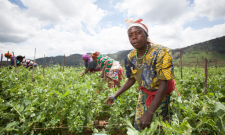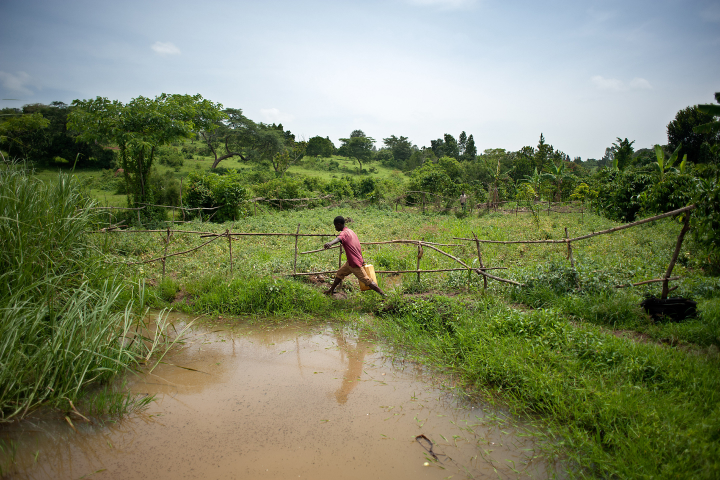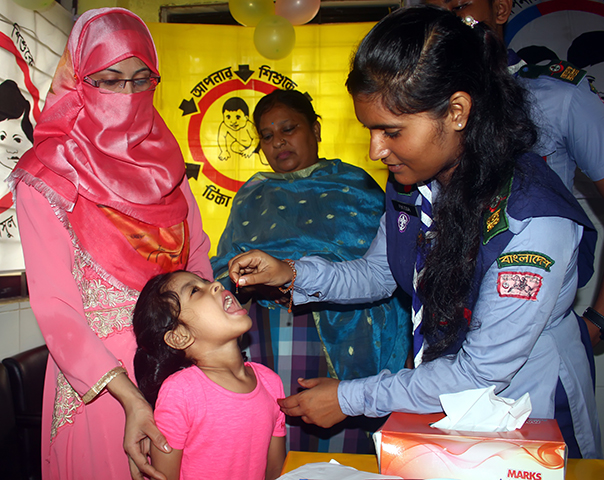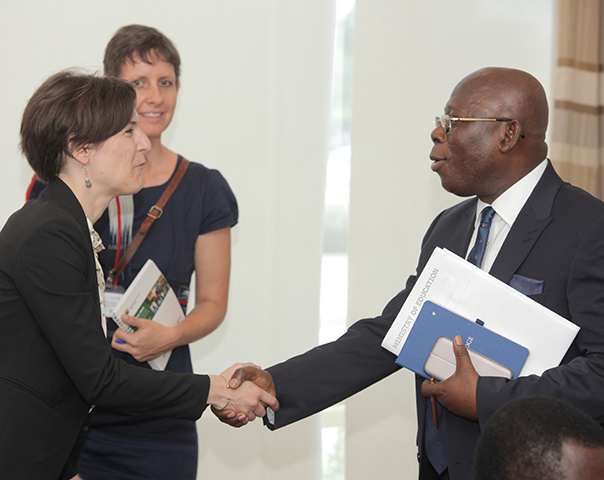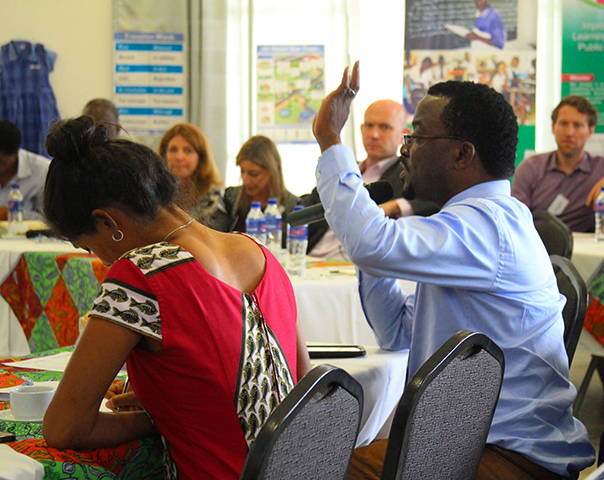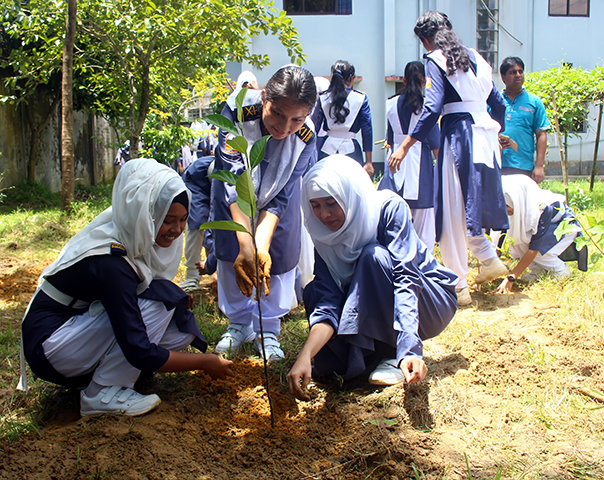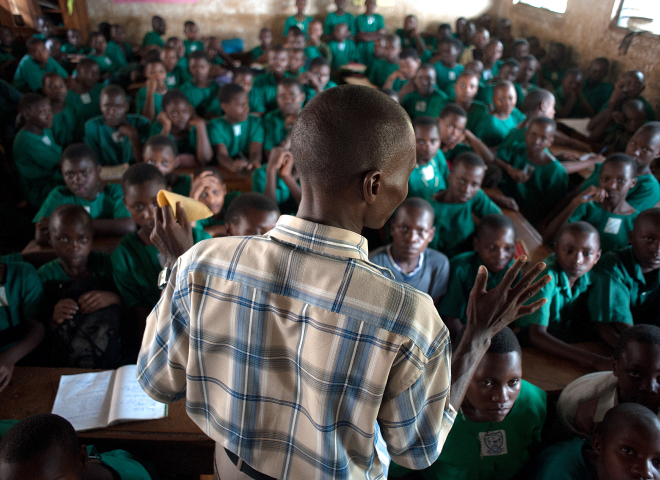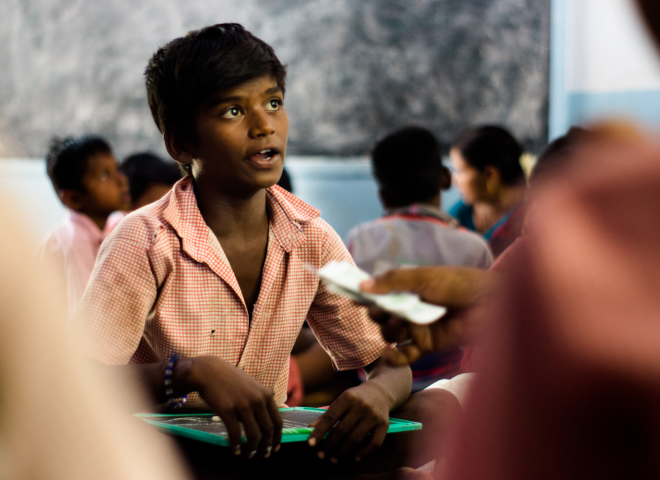The Challenge
Increased access to electricity is fundamental to alleviating poverty, promoting economic growth, and raising living standards in low- and middle-income countries, yet 8 percent of the global population still lacks access.1 As countries attempt to close this gap, logistical and financial difficulties exist in expanding the grid to remote rural areas, and trends in global warming motivate electrification strategies that use sources of renewable and clean energy, such as off-grid solar. Meanwhile, gender norms mean that women often bear the greatest burden from energy poverty and may benefit the most from increased access.
Myanmar exemplifies these challenges, maintaining conservative gender roles and low energy access. The latter has led the government to set a 2030 universal electrification goal and scale up off-grid renewable systems across rural regions. However, despite the potential advantages of solar mini-grids for income generation and welfare improvement, limited evidence exists on the impact of off-grid electrification in resource-constrained settings like Myanmar, particularly for women who may benefit most from these interventions.
The Evaluation
In partnership with IPA and with funding support from the International Development Research Centre (IDRC), researchers examined the impact of solar mini-grids on women’s access to electricity and socioeconomic opportunities and whether women with empowerment opportunities had an additional impact on these outcomes. The study took place from 2019 to 2023, with 1,155 households in the coastal and delta regions participating. Researchers compared communities with and without access to solar mini-grids.
Results suggest that households in villages with solar mini-grids display increased electricity access, appliance use (e.g., for lighting, entertainment, and cooking and cooling), and women’s empowerment (e.g., decision-making power or membership in social groups) relative to households in unconnected communities.
After collecting the data for this original study, researchers also began conducting a randomized evaluation in the same 1,155 households (66 villages). Villages were randomized based on region and electrification status to allow researchers to determine whether having electricity made any difference in impact. Researchers randomly assigned each of the 66 villages to one of two arms:
- Women’s empowerment intervention: First, women were exposed to a purposefully developed audio recording featuring a female role model who sets and pursues aspirational but attainable goals linked to productive investments in her business. Second, women participated in a workshop where they engaged in visualization, goal-setting, and planning exercises that mirror the role model’s behaviors in the story. Jointly, these two components seek to increase women’s sense of agency and encourage the setting of higher aspirations—including around energy access—and provide them with a blueprint to pursue them effectively.
- Comparison: Women received an unrelated intervention.
Final results on the intervention will become available in Fall 2025.
Sources
1. World Bank Press Release, “Energy Access Has Improved, Yet International Financial Support Still Needed to Boost Progress and Address Disparities,” World Bank Group, June 25, 2025, https://www.worldbank.org/en/news/press-release/2025/06/25/energy-access-has-improved-yet-international-financial-support-still-needed-to-boost-progress-and-address-disparities
Funding Partner




